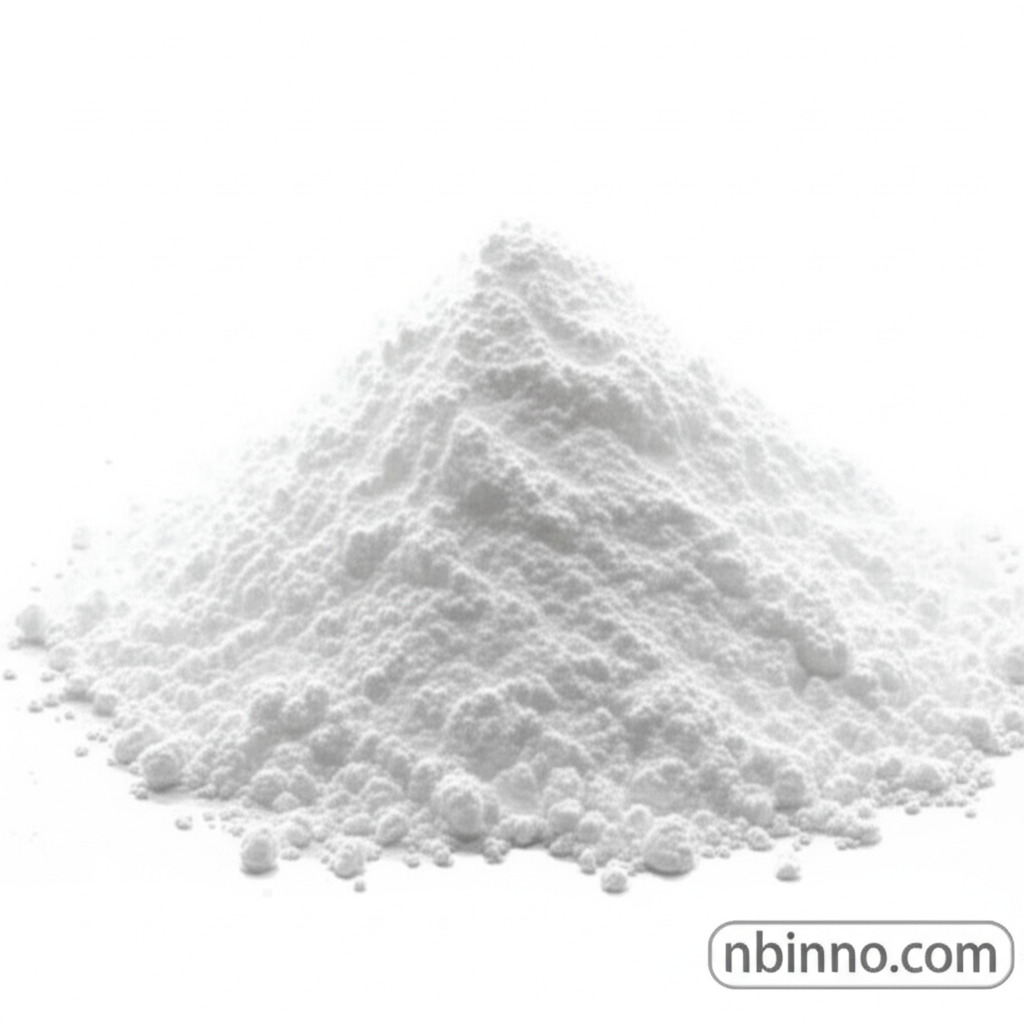Discover the Potential of 4-(1,2,2-Triphenylvinyl)phenylboronic Acid in Advanced Materials
Explore a key intermediate driving innovation in OLEDs and organic electronics with exceptional purity.
Get a Quote & SampleProduct Core Value

4-(1,2,2-Triphenylvinyl)phenylboronic Acid
This high-purity compound serves as a critical building block in the synthesis of advanced organic materials, particularly for the development of next-generation Organic Light-Emitting Diodes (OLEDs) and other organic electronic applications. Its unique molecular structure, featuring a tetraphenylethylene core, imparts desirable photophysical properties essential for efficient light emission and charge transport.
- Leverage 4-(1,2,2-triphenylvinyl)phenylboronic acid synthesis for cutting-edge OLED technology, enabling brighter and more efficient displays.
- Utilize this triphenylvinyl phenylboronic acid OLED intermediate as a precursor for novel luminescent molecules.
- Integrate organic electronics boronic acid into your research for developing high-performance electronic devices.
- Achieve superior results with the high purity organic intermediate, ensuring consistency and reliability in your synthesis.
Key Advantages Offered
Exceptional Purity for Reliable Results
With a guaranteed minimum purity of 97%, this compound ensures reproducible outcomes in complex organic synthesis, a vital aspect for R&D in fine chemicals.
Versatile Application in Material Science
Its role as a key intermediate for OLEDs and organic electronics makes it invaluable for material scientists exploring new functionalities and device architectures.
Enabling Stimulus-Responsive Luminescence
Research suggests potential applications in stimulus-responsive luminescent materials, offering avenues for novel sensor technologies and smart materials, a key area in electronic chemicals.
Key Applications
OLED Development
Essential for creating emissive layers and charge transport materials in OLED devices, contributing to enhanced display performance and efficiency, as explored in luminescent materials research.
Organic Synthesis
Acts as a fundamental building block for synthesizing more complex organic molecules and polymers, supporting a wide range of research in organic synthesis.
Materials Science Research
Its unique structural features make it a compound of interest for researchers investigating new photophysical properties and potential applications in advanced materials.
Electronic Chemical Manufacturing
A crucial component in the supply chain for manufacturers producing specialized chemicals for the electronics industry, bridging the gap to specialty chemicals for electronics.
